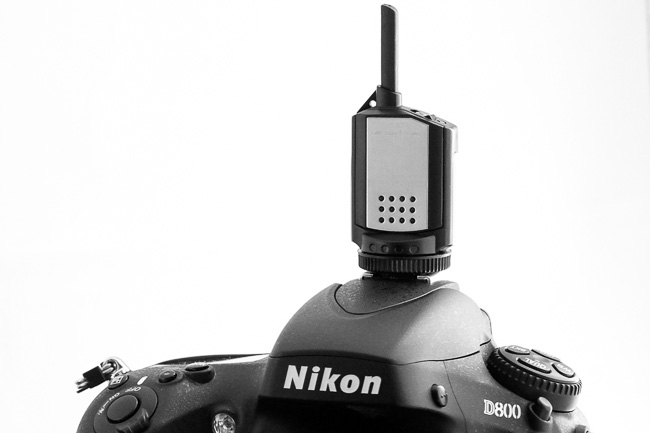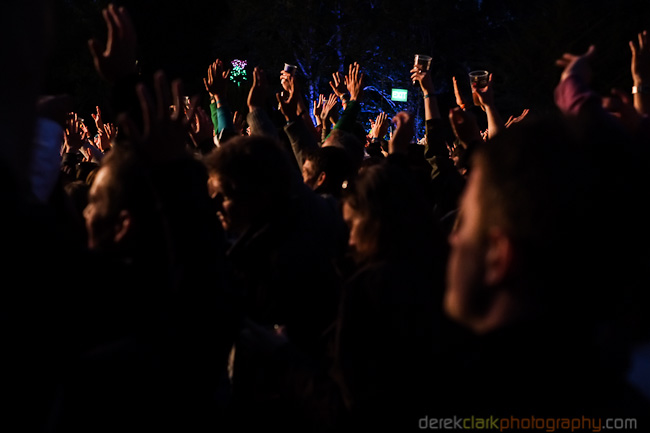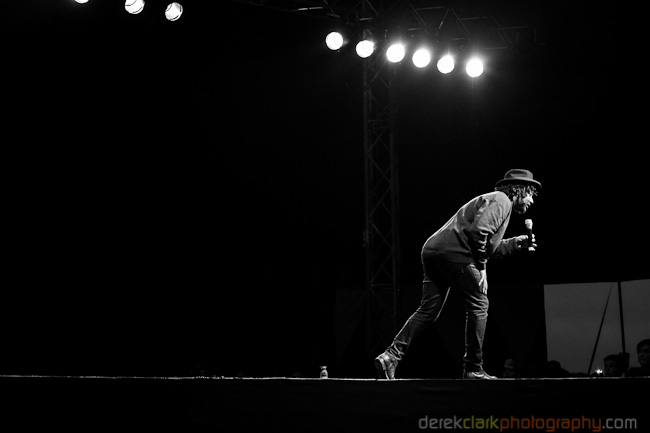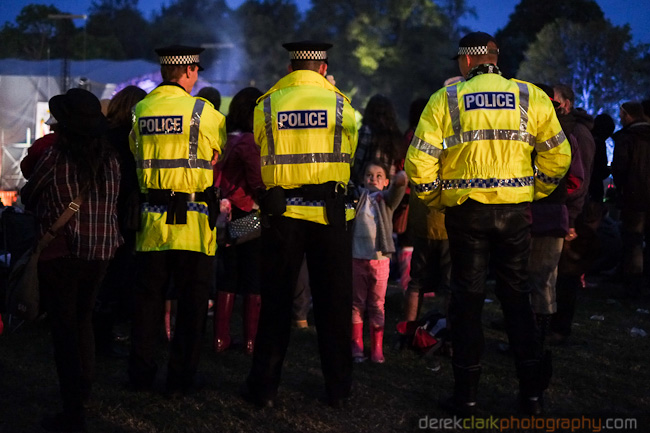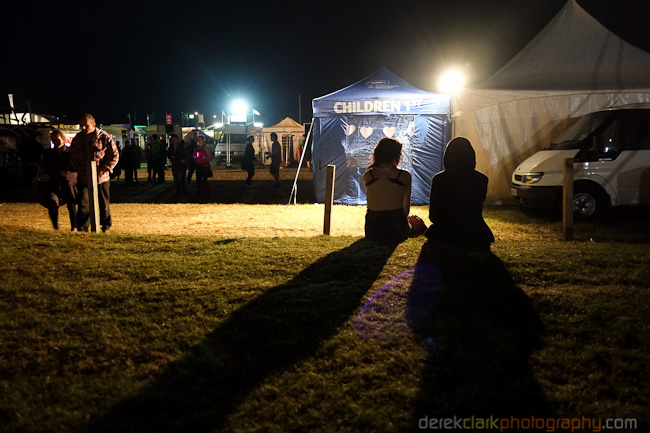 The Fujifilm X-E1 is the newest member of the X family and is more like a baby X-Pro1 than the successor to the future classic X100. Although the body is almost the same size as the X100, it's looks and features are closer to the X-Pro1, plus it shares the amazing X-Trans sensor so the quality will be exactly the same. What it doesn't share though is the Hybrid viewfinder that was one of the biggest selling points with the other two cameras. It only has an electronic viewfinder, but the resolution has took a big leap in this body. But I don't want to make this post about the features as you can find them all over the web. Instead I'd like to talk about what this camera will do for Fuji (especially the X-Pro1) and for photographers.
The Fujifilm X-E1 is the newest member of the X family and is more like a baby X-Pro1 than the successor to the future classic X100. Although the body is almost the same size as the X100, it's looks and features are closer to the X-Pro1, plus it shares the amazing X-Trans sensor so the quality will be exactly the same. What it doesn't share though is the Hybrid viewfinder that was one of the biggest selling points with the other two cameras. It only has an electronic viewfinder, but the resolution has took a big leap in this body. But I don't want to make this post about the features as you can find them all over the web. Instead I'd like to talk about what this camera will do for Fuji (especially the X-Pro1) and for photographers.
I'm wondering if the new beast will kill a huge chunk of the X-Pro1 sales due to many improvements. The biggest of these being that the focus time is reported to be 0.1 seconds and the shutter lag will be .005 seconds, But these times are only available with the new 18-55mm f2.8-f4 R LM OIS lens due to it's new linear motor. I'm not sure yet if the new 14mm f2.8 lens has the same motor and performance, but as there isn't much info, I'm guessing not. There is a firmware due to be released for the X-Pro1 on the 18th of September (the start of Photokina 2012) and the rumours say that there will be a big improvement in focus speed, but this might be with the new zoom lens. I don't use zoom lenses so I'm hoping that there will be an improvement with existing lenses and that all future lenses will have the new linear motor too.

In fact the only drawback from buying this over the X-Pro1 would be the lack of an OVF. The new 2.3 million dot EVF almost makes up for it, but there's something special about an optical viewfinder, although the X-Pro1's is not as good as the big bright OVF found in the X100. So apart from the lack of OVF, the X-E1 has a much better EVF, fast autofocus (at last), almost no shutter lag (that's fantastic too) and this new model comes in both black and silver. Silver is lovely, but the black is more stealth, it all depends on your intended use...or taste.

So for Fuji this could either turn out to be the most amazing camera that proves that they are up there with Canon and Nikon and posssibly the leader when it comes to sensors, or it could end-up killing off their flagship camera that hasn't even been out for a year. Time will tell, but I really hope that Fuji reap the rewards for coming up with game changing cameras, maybe even life changing!

But what about us photogs? For me it could mean that I finally move away from DSLR's altogether. The main reason I've been using both the X-Pro1 and a DSLR was because moving subjects (especially coming toward the camera) were near impossible to capture with the X-Pro1. But shooting with the X-E1 as a second body might be a perfect duo. As I was about to make the jump from Nikon to Canon this could save me a fortune.
So if you're new to the Fuji X's and you can do without an OVF and you don't mind the small size of the body, then the X-E1 looks like the way to go. But if you want an OVF and a bigger body then it's the X-Pro1, but auto focus speed and shutter lag is something you will have to live with. If you already have an X-Pro1 and need a second body, then it's a no brainer...as long as the auto focus lives up to the hype (remember they said that the AF on the X-Pro1 was smokin' fast). I really hope for our sake and Fuji's that the X-Pro1 firmware update will take a big leap in focus performance, I'd hate to see the camera being killed by it's own brother.
If the X-E1 is as good as they say in the focus department, my camera bag might look like this next year:
- X-Pro1 Body with the 35mm f1.4 (50mm in full frame speak)
- X-E1 body with the 23mm f1.4 (35mm in FF and due in 2013)
- 18mm f2 (27mm in FF).
- 56mm f1.4 (84mm in FF due in 2013)
- EF 42 Flash (just in case)


I'd like to say that it's not about the gear, but in the case of the X100, X-Pro1 and now the X-E1 (I'm leaving the X10 out as it's a point and shoot) it is sort of about the gear. The X cameras have thrown a lot of our worlds upside down, they are game changers. they change the way you shoot and in a lot of cases what you shoot. I kinda wish I had been around in the early Leica days when guys like Bresson, Robert Frank and Frank Cappa were trailblazzing small 35mm cameras. It's a romantic era in photography, but in some ways Fuji are giving us that same thing back with a jacket on. It's an exciting time for photographers, but even more so for street and documentary photographers as these small cameras give us all the good points of a Leica, but without the price tag.
 This post is just about showing a few shots from Italy. I have hundreds sitting on my hard drive, so I thought it would be a good idea to throw a few up here. These shots are from Verona, Venice, and Jesolo. They were all taken with either the Fuji X100 with it's built in 23mm f2 lens or the X-Pro1 with the 18mm f2. I'll note which is which at the bottom of the post.
This post is just about showing a few shots from Italy. I have hundreds sitting on my hard drive, so I thought it would be a good idea to throw a few up here. These shots are from Verona, Venice, and Jesolo. They were all taken with either the Fuji X100 with it's built in 23mm f2 lens or the X-Pro1 with the 18mm f2. I'll note which is which at the bottom of the post.
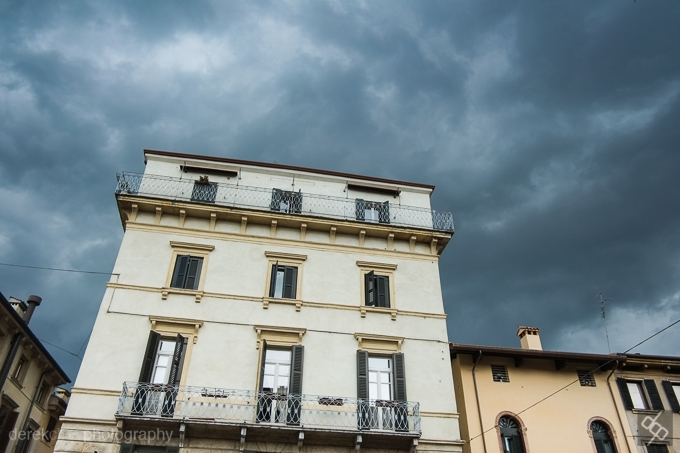





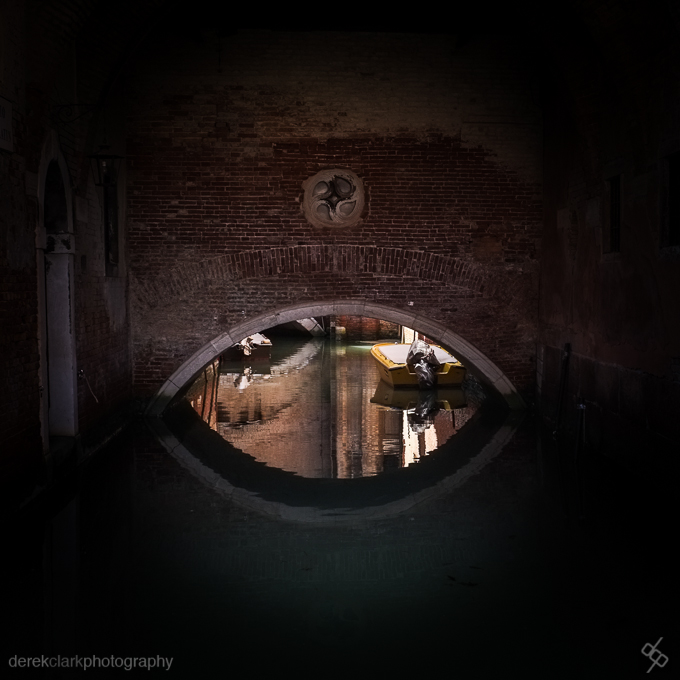



 My Street and Documentary camera bag is featured on
My Street and Documentary camera bag is featured on 





